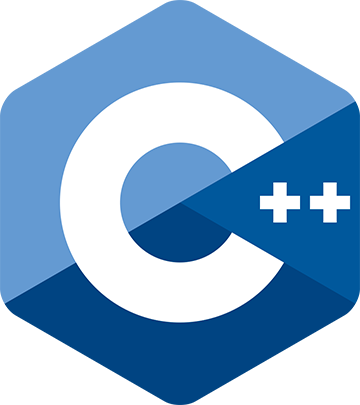C++ coroutines: What does it mean when I declare my coroutine as noexcept?--Raymond Chen
The series continue.
C++ coroutines: What does it mean when I declare my coroutine as noexcept?
by Raymond Chen
From the article:
Suppose you want a coroutine that terminates on unhandled exceptions, or equivalently (looking at it from the consumer side) a coroutine that never throws an exception when awaited. For regular functions, the way to say this is to put the noexcept exception specification on your function declaration...
